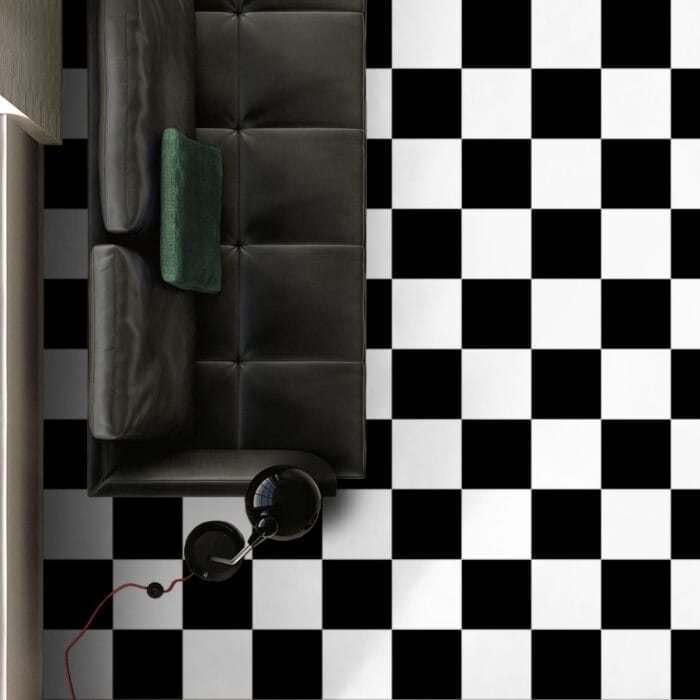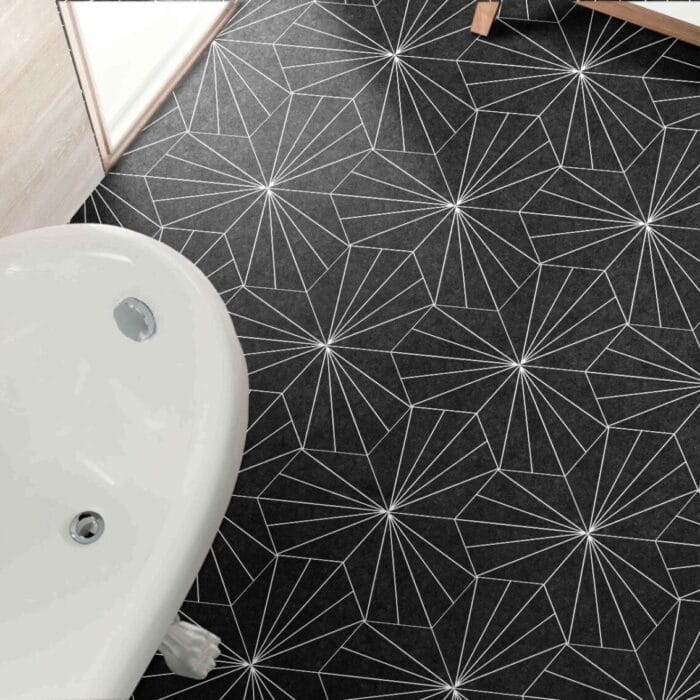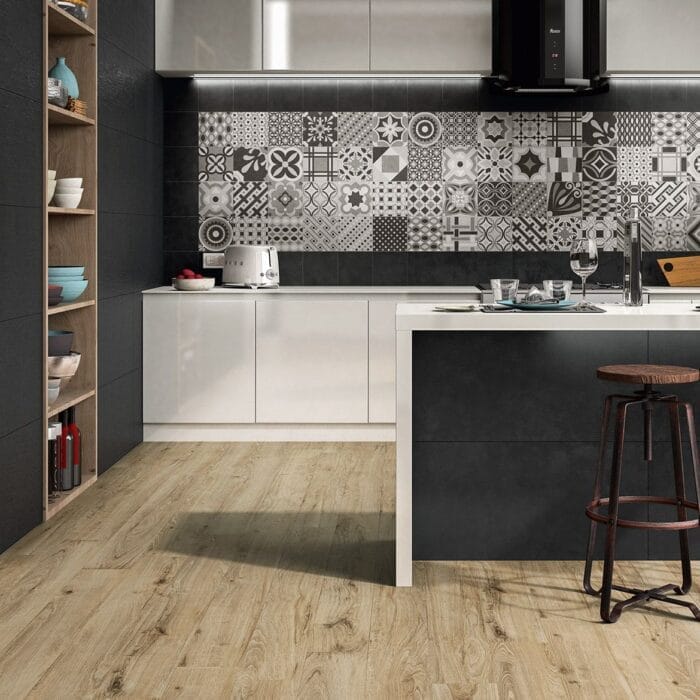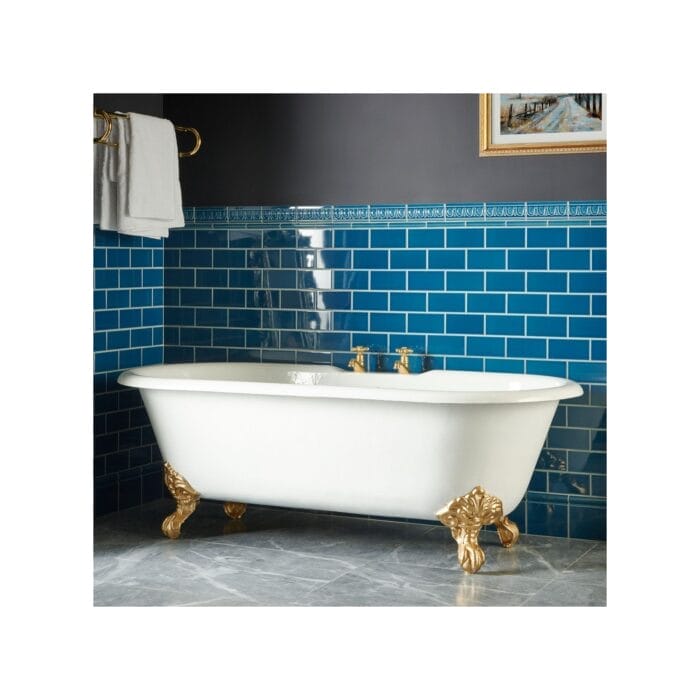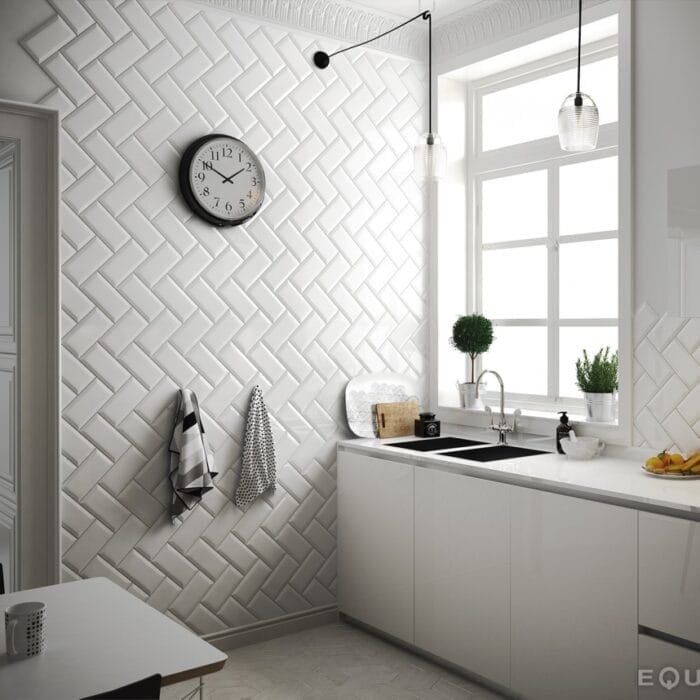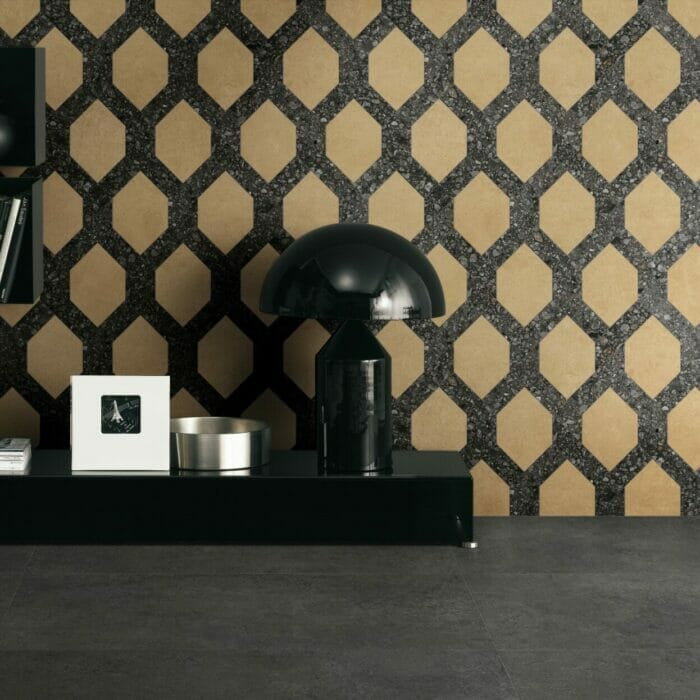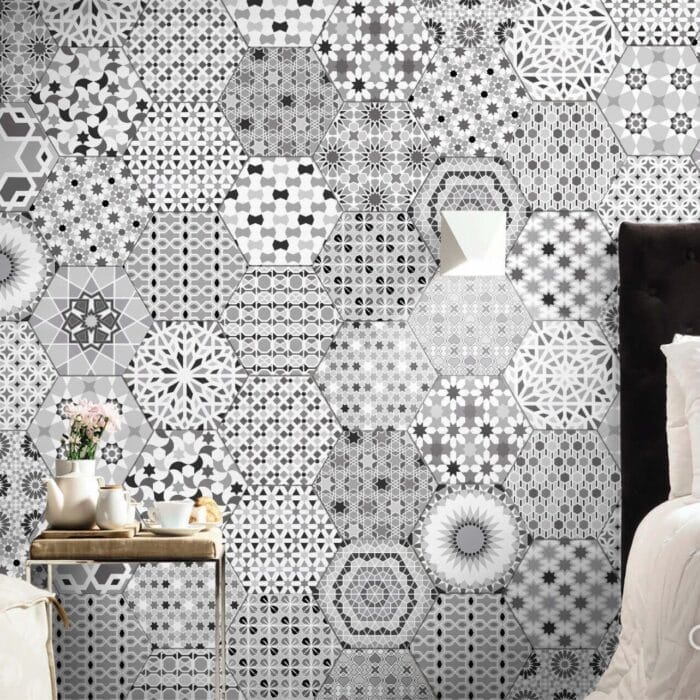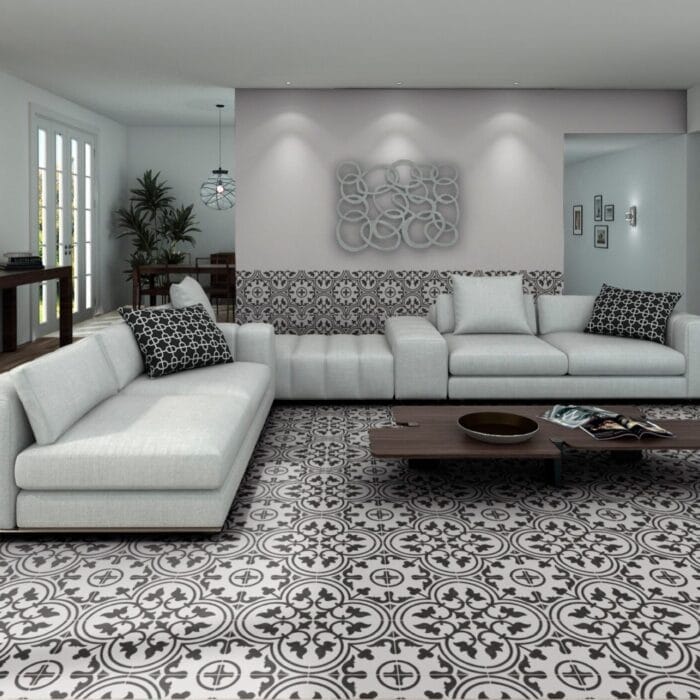Art Deco is a visual arts and design style that emerged in the early 20th century, reaching its peak in the 1920s and 1930s. It is known for its bold geometric patterns, rich colors, luxurious materials, and an overall sense of glamour and modernity. This style influenced architecture, interior design, fashion, jewelry, automobiles, and even everyday objects like radios and furniture.
Common features of Art Deco include geometric shapes such as zigzags, chevrons, sunbursts, and stepped forms. The use of luxurious materials like exotic woods, chrome, glass, lacquer, marble, and precious metals adds to its opulence. Vibrant colors, including strong contrasts of gold, silver, black, red, and blue, are frequently seen. The designs are often streamlined and symmetrical, combining sleek curves with sharp angles to create a futuristic look. The style also draws inspiration from various cultures, including Egyptian, Aztec, and Asian art, as well as the Machine Age and modern industrial design.
Some of the most famous examples of Art Deco architecture include the Chrysler Building in New York and the Palais de Chaillot in Paris. In furniture and design, the works of Émile-Jacques Ruhlmann and the glasswork of René Lalique showcase the style’s elegance. In fashion and jewelry, Cartier’s geometric designs and the bold patterns of flapper dresses capture the essence of Art Deco.
This design movement represented a shift away from the flowing, organic curves of Art Nouveau, embracing the optimism and technological advancements of the Roaring Twenties and the early modern era.
